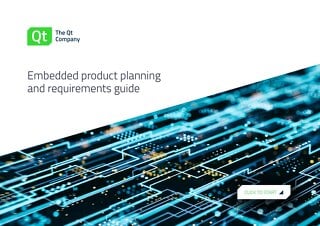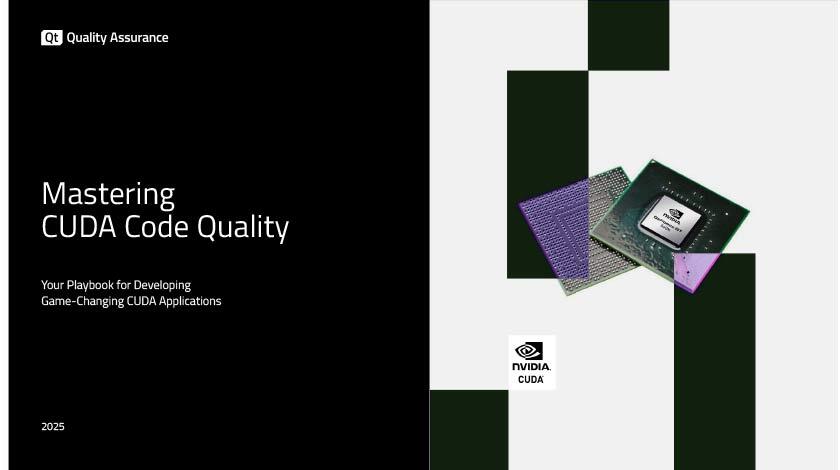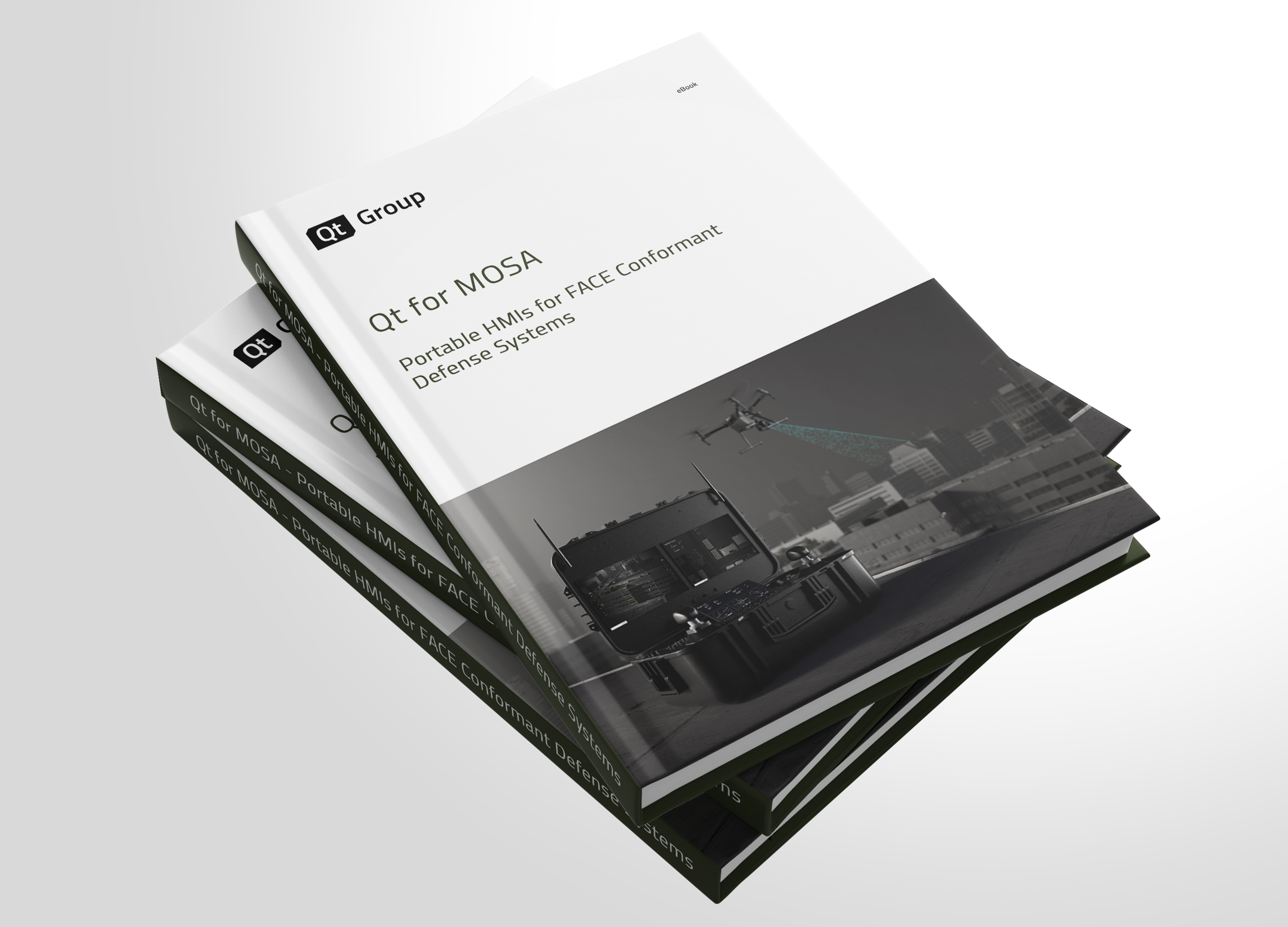
The Embedded Product Planning and Requirements Guide
How do you approach building a new embedded or IoT device?
The legacy method for doing this was relatively straightforward: outline your requirements, design your hardware board, and develop software to run on it.
However, this method no longer works well today. Competition is fierce, market windows are short, and customer expectations are high. These pressures have two direct effects. One is that, rather than hardware, software now dictates product design. This is because software development requires significant time and resources, and can make or break a device’s overall customer experience. The other is that companies must be nimbler than ever. They need to plan for constant change.
In this guide for IoT and embedded product planning, we examine the most important criteria to consider at the outset, compare a list of the most used technologies, and rate them in easy-to-compare categories.
Chapter one: Our methodology
Chapter two: Setting the scope
Chapter three: Development process
Chapter four: Software stack
Chapter five: Hardware
Chapter six: Wrap-up
Oh, here is more
Axivion for CUDA: Mastering CUDA Code Quality
This guide is a comprehensive playbook for ensuring high-quality CUDA C++ applications. It addresses...
Get DocumenteBook: Qt for MOSA - Portable HMIs for FACE Conformant Defense Systems
To best fulfill the demands of the Aerospace and Defense sector, a new version of Qt has been releas...
Get Document
